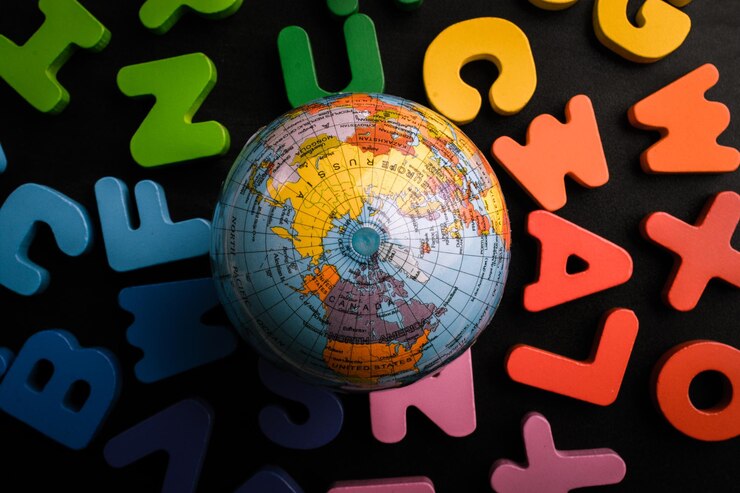Sports represent the epitome of unity across boundaries and, further, have the potential to create a universal language of passion and competition. From vast stadiums in metropolitan cities to simple ones in small towns, sports are an integral part in human society. This blog explores the multifaceted world of sports, detailing its general impact on individuals, the local community, and global culture.
The Cultural Impact of Sports
A Global Phenomenon
Sports are a global phenomenon, from events such as the Olympics and the FIFA World Cup, which draw in billions of viewers across the world. Such events epitomize the potential peak of human athleticism and have united nations in friendly competition, creating a sense of global oneness.
Cultural Identity and Pride
Sports, in most of the cases, become a part of cultural identity. Teams and athletes always serve as a symbol of national pride; success stories inspire generations. For example, cricket in India, rugby in New Zealand, or soccer in Brazil becomes part of the culture—it pervades the national psyche.
Historical Significance
Sports are of historical significance, often reflecting changes in society or its social mores. Jackie Robinson’s breaking the racial barriers in American baseball and the boxing career of Muhammad Ali both underlined how sports can energize civic change.
Social Benefits of Sports
Community Building
Most communities come together in support of local sports teams or events; thus, through the developing a shared identity, one identifies with the community. From neighborhood soccer leagues to city marathons, it is the sporting events that inspire communities to get out and participate.
Health and Well-being
Regular participation in sporting activities guarantees physical health, reducing the risk of chronic diseases. It also improves mental well-being and offers life values, such as teaching discipline, teamwork, and resilience, which contribute to the development of a person at large.
Youth Development
For young people, sports may be a part of developing them. Sports programs for youth provide structured settings within which children and teenagers develop physical skills related to the sport, build self-esteem, learn important social values, and play by the rules with respect.
Economic Impact of Sports
Job Creation and Economic Activity
The industry in sports has grown to become one of the largest creators of jobs and economic activity. Sports create employment both at the professional level, from athletes to coaches, event organizers, and even those selling souvenir merchandise related to that sporting event.
Tourism and Infrastructure
Major sporting events promote tourism and result in infrastructure development. For instance, cities hosting either the Olympics or World Cup recorded an inflow of visitors and investments placed in their locales with their associated long-term economic benefits accruing accordingly.
Sponsorship and Media
Sponsorship and Media—Sports has been attracting a lot of both. Brands invest heavily in sports sponsorship to reach large and engaged audiences while the media companies capitalize on broadcasting rights, hence creating a symbiotic relationship fueling the sports economy.
Technological Advances in Sports
Performance Enhancement
Technology has transformed the aspect of sports from athlete performance to better training techniques. Wearable technology, data analytics, and biomechanical analysis can enable athletes and coaches to make unwanted locomotion, optimize performance, and avoid injuries.
Fan Engagement
Digital Journal 0: Fans and the Game: The digital platform and social media have changed sports fandom. Live Streaming, interactive apps, and virtual reality experiences bring them closer to the action in creating an immersive and personalized experience.
Fair Play and Safety
The Video Assistant Referee in soccer and Hawk-Eye technology in tennis are some such innovations that guarantee that the playing field remains level by way of assisting referees/umpires in making the right decisions. Moreover, innovations in sports equipment and safety gear have made sports much safer for participants.
Challenges and Future Trends
Balancing Commercialization and Integrity
Second is the growing concern: with the commercialization of sports, it is requisite to take care of the integrity of competitions. Issues like doping, match-fixing, and money influence do defile the spirit of sports and call for alert governance and ethical provisions.
Inclusivity and Diversity
The promotion of inclusivity and diversity in sports is additional mileage. There has to be a guarantee that equal opportunities prevail for all people irrespective of their gender, race, or socioeconomic background to secure the real spirit of sportsmanship.
Sustainable Practices
Another growing concern for large sporting events is environmental impact. Some of the trends for the future include adopting sustainable practices, including constructing eco-friendly stadiums and management of green events, all aimed at reducing the ecological footprint of sports.
Conclusion
The games are much more than physical contests. They mirror our culture, build our communities, and drive our economy. Looking ahead, with the advancement of technology, diversity, and integrity in sports, these ingredients will be crucial for the retention of universal appeal. It is a sport destined to satisfy the most diverse needs—from athletes to fans and mere observers—by centralizing human experiences through a passion for competition and excellence.

